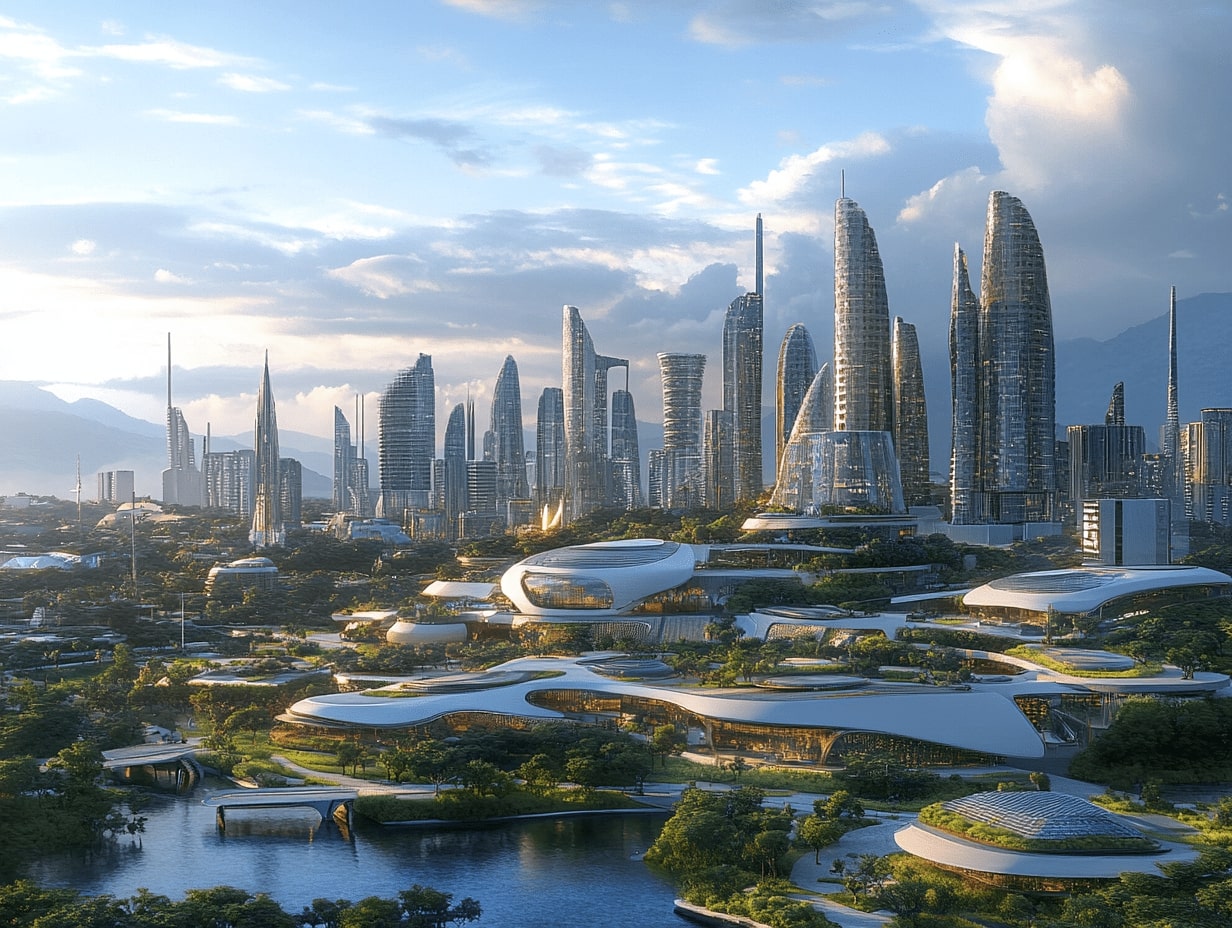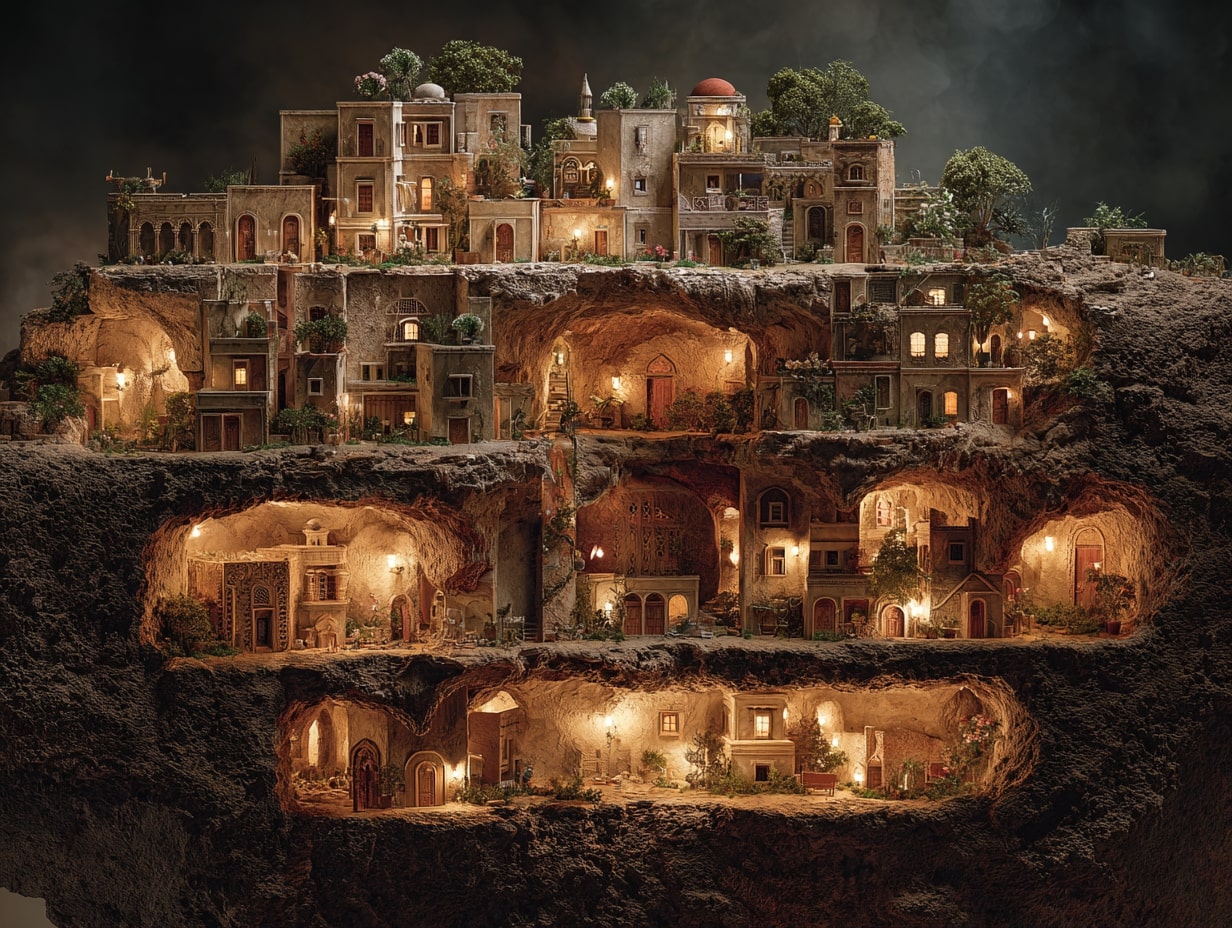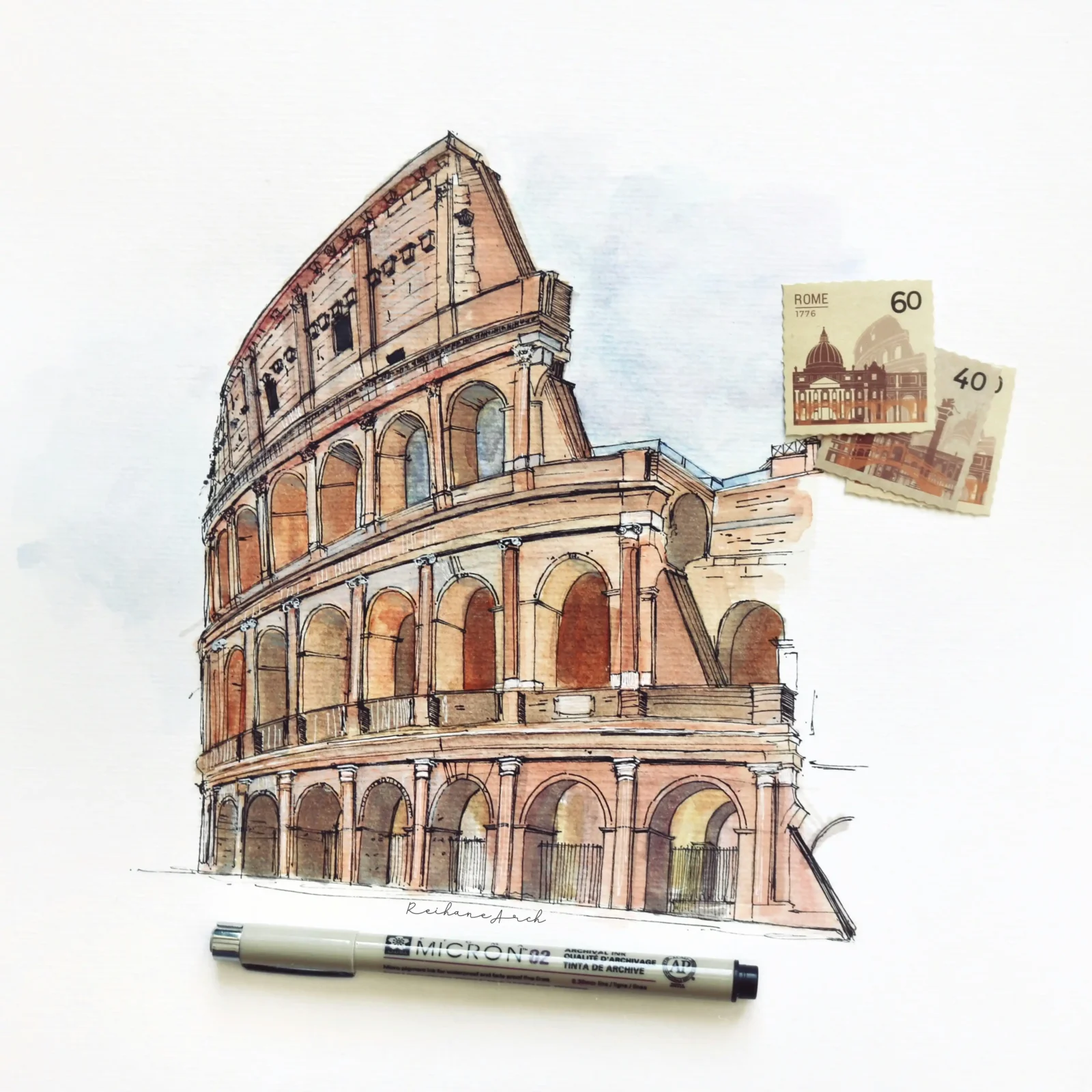- Home
- Articles
- Architectural Portfolio
- Architectral Presentation
- Inspirational Stories
- Architecture News
- Visualization
- BIM Industry
- Facade Design
- Parametric Design
- Career
- Landscape Architecture
- Construction
- Artificial Intelligence
- Sketching
- Design Softwares
- Diagrams
- Writing
- Architectural Tips
- Sustainability
- Courses
- Concept
- Technology
- History & Heritage
- Future of Architecture
- Guides & How-To
- Art & Culture
- Projects
- Interior Design
- Competitions
- Jobs
- Store
- Tools
- More
- Home
- Articles
- Architectural Portfolio
- Architectral Presentation
- Inspirational Stories
- Architecture News
- Visualization
- BIM Industry
- Facade Design
- Parametric Design
- Career
- Landscape Architecture
- Construction
- Artificial Intelligence
- Sketching
- Design Softwares
- Diagrams
- Writing
- Architectural Tips
- Sustainability
- Courses
- Concept
- Technology
- History & Heritage
- Future of Architecture
- Guides & How-To
- Art & Culture
- Projects
- Interior Design
- Competitions
- Jobs
- Store
- Tools
- More
Understanding the Definition of Architecture: Art, Functionality, and Cultural Impact
Discover the profound definition of architecture as it transcends buildings to shape our environments and daily lives. This article explores the art and science of architectural design, tracing its historical evolution and highlighting its blend of creativity, functionality, and sustainability.

When I think about architecture, I see it as more than just buildings and structures; it’s an art form that shapes our environment and influences our daily lives. Architecture blends creativity with functionality, creating spaces that reflect culture, history, and innovation. From ancient temples to modern skyscrapers, each design tells a story and serves a purpose.
Understanding the definition of architecture goes beyond its physical elements. It encompasses the principles of design, the relationship between space and human experience, and the impact of structures on society. In this article, I’ll explore what architecture truly means and how it continues to evolve, shaping the world around us. Whether you’re an aspiring architect or simply curious about the built environment, there’s so much to discover about this fascinating field.

Table of Contents
ToggleDefinition of Architecture
Architecture encompasses the art and science of designing and constructing buildings and structures. It integrates creativity with practical functionality, influencing how we interact with our surroundings.

Historical Perspectives
Architecture has evolved through various historical periods, each reflecting the values and technologies of its time. Ancient Egypt exhibited monumental structures like pyramids, emphasizing durability and alignment with celestial bodies. The Greeks introduced columns and symmetry, exemplified in the Parthenon, highlighting proportional relationships. The Roman era advanced engineering, as seen in aqueducts and amphitheaters, showcasing innovative materials like concrete. The Renaissance marked a return to classical ideals with a focus on beauty and human scale. Each era contributed distinct styles and techniques, shaping the architectural landscape.
Modern Interpretations
Modern architecture emphasizes simplicity, functionality, and the relationship between spaces. Architects employ new materials and technologies, creating structures that prioritize sustainability and environmental integration. The Bauhaus movement introduced minimalism and open spaces, while postmodernism reintroduced colorful elements and historical references. Today, architecture incorporates smart technology and adaptive reuse, addressing urbanization and climate challenges. Contemporary designs reflect diverse cultures and individual creativity, continuing to redefine architectural expression.
Key Elements of Architecture
Architecture encompasses various key elements that contribute to the overall design and functionality of structures. I’ll discuss functionality, aesthetics, and sustainability, highlighting their importance in architectural practice.

Functionality
Functionality addresses how well a space serves its intended purpose. I focus on optimizing flow and accessibility within designs, ensuring that buildings meet the needs of their occupants. Effective use of layout and spatial relationships enhances usability and efficiency. I consider aspects such as load-bearing capabilities, circulation paths, and zoning to create spaces that are both practical and comfortable for users.
Aesthetics
Aesthetics enhance the visual appeal of structures, influencing how people perceive and interact with their surroundings. I emphasize balance, proportion, and harmony in architectural forms. This aspect involves selecting materials, colors, and textures that resonate with cultural contexts and evoke emotional responses. By integrating artistic elements with design principles, I create structures that not only serve functional purposes but also inspire and engage the public.
Sustainability
Sustainability reflects a commitment to environmentally responsible design practices. I prioritize the use of renewable resources, energy efficiency, and sustainable materials in my projects. Incorporating green technologies, such as solar panels and rainwater harvesting systems, contributes to reduced environmental impact. Sustainable architecture not only addresses immediate needs but also ensures the well-being of future generations. I advocate for designs that harmonize with their natural surroundings while promoting ecological health.
The Role of Architects
Architects play a crucial role in the creation and transformation of spaces, blending artistry and functionality. Their expertise shapes not just buildings, but the environments in which we live, work, and interact.

Design Process
The design process involves multiple stages, including conceptualization, development, and finalization. In the conceptualization stage, architects create initial sketches focusing on client needs and site characteristics. Development follows, where architects refine designs, ensuring compliance with regulations and standards. During finalization, they prepare detailed blueprints and specifications, readying projects for construction. Each step requires careful consideration of aesthetics, functionality, and sustainability, ensuring that the resulting structure meets client expectations while serving its intended purpose effectively.
Collaboration with Clients
Collaboration with clients is essential for successful architectural projects. Architects engage with clients through consultations, gathering insights about preferences, budget, and requirements. They present initial concepts and gather feedback to refine designs further. Ongoing communication ensures alignment throughout the project, adapting to changes and addressing any concerns that arise. By fostering strong relationships, architects create spaces that truly reflect the vision and needs of their clients, making the process both collaborative and fulfilling.
Cultural Influences on Architecture
Cultural influences shape architecture significantly, reflecting societal values, traditions, and aspirations. Various factors contribute to this dynamic interplay.

- Historical Context: Historical events impact architectural styles, with structures like cathedrals, temples, and mosques embodying the beliefs and customs of their eras. For example, Gothic cathedrals showcase religious devotion through intricate designs and grand scale.
- Local Materials: Available resources dictate building techniques and styles. Clay in earthen architecture creates stability in arid regions, while timber offers sustainability in forested areas.
- Climate Adaptation: Environmental conditions influence design choices. For instance, thick walls in desert architecture provide insulation against heat, while large windows in colder climates maximize sunlight and warmth.
- Cultural Symbolism: Architecture often conveys cultural identity and values. The Taj Mahal represents love and dedication, while the Parthenon symbolizes democracy and ancient Greek heritage.
- Urbanization Trends: Population growth and urbanization shape architectural responses. High-density areas require innovative solutions like vertical gardens and mixed-use buildings, promoting sustainability.
- Technological Advances: Innovations in materials and construction techniques adapt architecture to cultural shifts. Green technologies and smart systems create energy-efficient buildings, aligning with contemporary environmental values.
Cultural influences continually shape architecture, intertwining creativity and functionality to reflect the essence of human experience.
Conclusion
Architecture is more than just a collection of buildings; it’s a reflection of our culture and values. It shapes our environments and influences our daily experiences. As I explore this dynamic field, I see how creativity and functionality intertwine to create spaces that resonate with our human essence.
The evolution of architecture showcases how societal changes drive innovation and design. From ancient structures to modern sustainable practices, architecture continues to adapt and respond to the needs of our world.
I invite you to appreciate the artistry and thought that goes into every architectural decision. Understanding architecture enriches our connection to the spaces we inhabit and inspires us to envision a future that harmonizes with our environment.
- architectural identity
- architectural thinking
- architecture 101
- architecture and culture
- architecture as art
- Architecture Education
- architecture explained
- architecture impact
- Architecture Theory
- Art and Architecture
- Cultural Architecture
- cultural heritage
- definition of architecture
- design philosophy
- Form and Function
- functionality in design
- human experience in design
- meaningful design
- spaces and culture
- what is architecture
I create and manage digital content for architecture-focused platforms, specializing in blog writing, short-form video editing, visual content production, and social media coordination. With a strong background in project and team management, I bring structure and creativity to every stage of content production. My skills in marketing, visual design, and strategic planning enable me to deliver impactful, brand-aligned results.
Submit your architectural projects
Follow these steps for submission your project. Submission FormLatest Posts
Shed Clean Out: How to Safely Declutter, Deep Clean, and Reclaim Your Storage Space
A shed clean out transforms a cluttered, forgotten storage space into an...
Property Maintenance Checklist For Homeowners
A steady maintenance routine keeps small issues from turning into big repairs....
Beneath the Surface: The Rise of Underground Architecture
Underground architecture is reshaping cities: add density without sprawl, cut energy with...
Architecture Sketch: Essential Techniques and Modern Practices
You need sketching to think through space, communicate ideas fast, and test...












Leave a comment